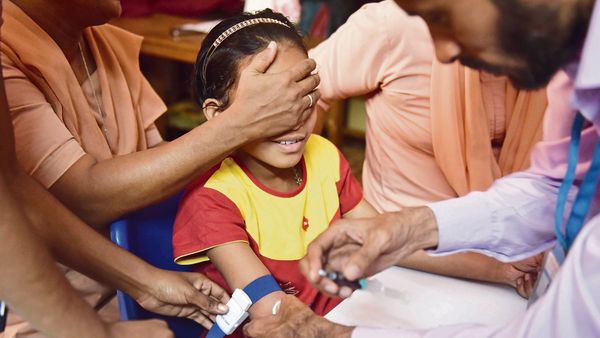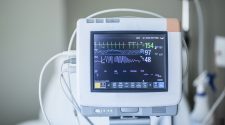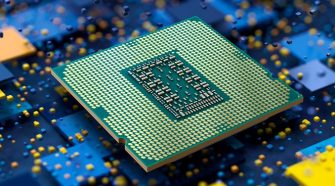New Delhi: It is now possible to detect brain disorders well before time. Indian scientists at National Brain Research Center (NBRC) have developed a technology that uses the brain’s stress levels and pH to identify brain disorders such as Alzheimer’s disease. The technology can also be applied for Parkinson, depression and schizophrenia.
The project, funded by the Ministry of Information Technology, was developed in the form of a package and named KALPANA (imagination). Considering that life expectancy is increasing and age associated brain diseases are increasing substantially in India, the package will be available free of cost for academic research in India and abroad, the scientists said.
“Popularly used simple magnetic resonance imaging (MRI) of the brain or radio-labeled induced positron-emission tomography (PET) scan cannot provide the early cause of common brain diseases such as Alzheimer’s, Parkinson, depression and schizophrenia,” said Pravat Mandal, scientist and Senior Professor at National Brain Research Center and Florey Institute of Neuroscience and Mental Health (Melbourne).
Now scientists have investigated the role of brain chemicals and transmitters such as gamma aminobutyric acid (GABA), a naturally occurring amino acid that works as a neurotransmitter in human brain, glutamate which acts as a neurotransmitter and is a chemical that nerve cells use to send signals to other cells and glutamine, a building block of protein and critical part of the immune system.
Scientists also investigated brain master antioxidants in these incurable brain diseases using state-of-the-art magnetic resonance spectroscopy (MRS), which is a branch of MRI technology. It is a noninvasive diagnostic test for measuring biochemical changes in the brain, especially the presence of tumors. KALPANA, developed by the team of scientists at the Neuroimaging and Neurospectroscopy Laboratory (NINS) at NBRC, can detect brain signals through MRS/MRI and quantify it for early prediction of brain disorders.
“It only takes 15 minutes to generate brain signals using a 3T (Tesla) MRI scanner. Tesla is the unit of measurement used to describe the strength of the magnet used in an MRI. These signals from the brain regions are critical and it is equally critical to process those small chemicals and receptors with diagnostic accuracy,” said Mandal.
“KALPANA is unique to measure and quantify brain stress levels, brain pH non- invasively. The process uses no surgery, no radiation and no blood test. The technology holds the key for possible early Initiation of the brain disorder identification. This package has been tested for its robustness through in depth clinical research and using multi-continental data,” he said.
Mandal and Deepika Shukla, scientist at NINS lab, plan to use KALPANA for the prediction of Alzheimer disease non-invasively.
According to various studies conducted by the government and private health institutions, the average crude prevalence (the rate of new cases) rate of common neurological disorders in India is 2394 and ranged from 967 to 4070 per 100000 people with higher prevalence rate in rural compared to urban population. Population based surveys have shown a crude prevalence rate of Parkinson’s disease (expect Parsis) varying from 6 to 53 per 100000 people. Similarly, according to estimates, the prevalence of schizophrenia is about 3 per 1000 individuals in India.
According to government estimates, India is home to more than 4 million people suffering from Alzheimer’s disease and other forms of dementia. According to World Health Organization (WHO) over 200 million people in India suffer from depression.

















